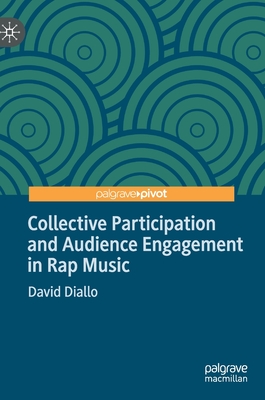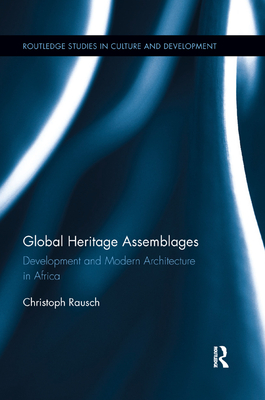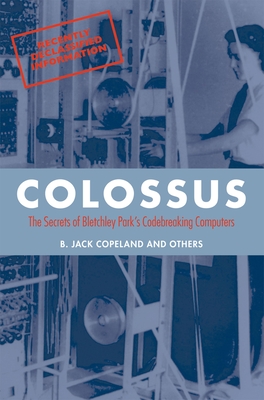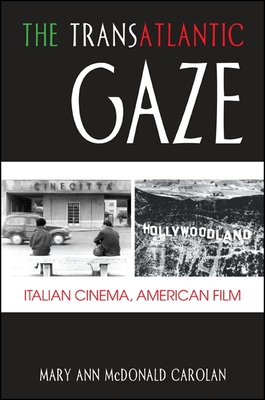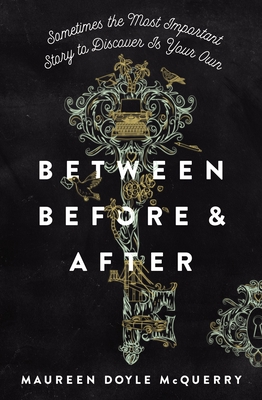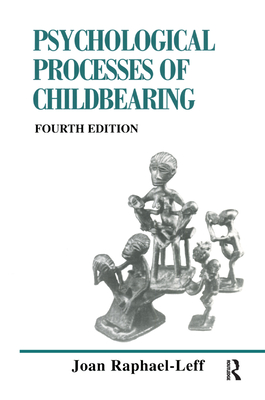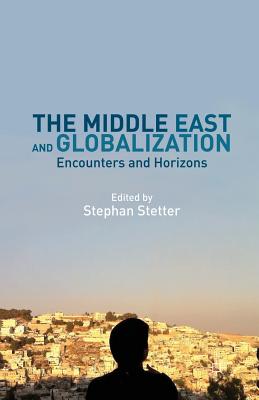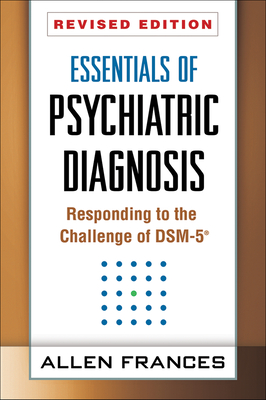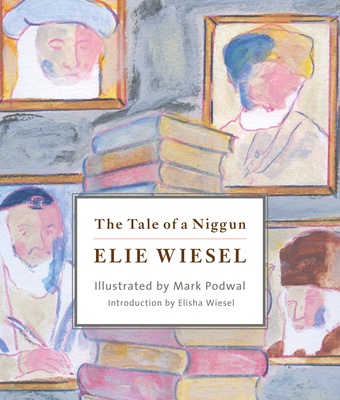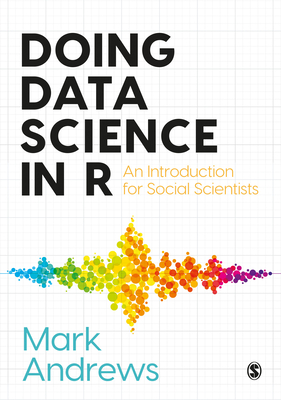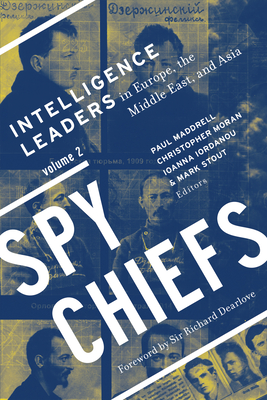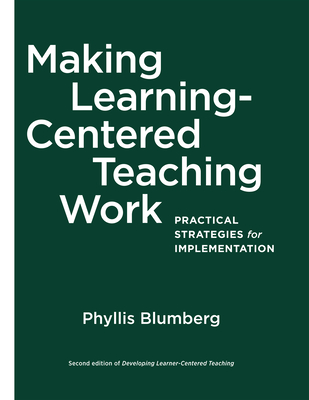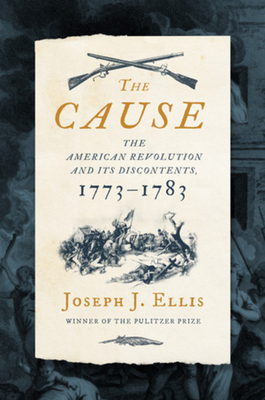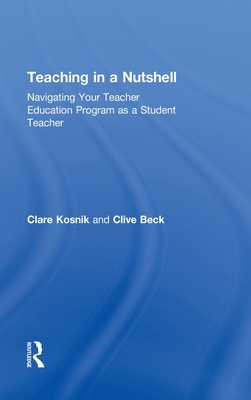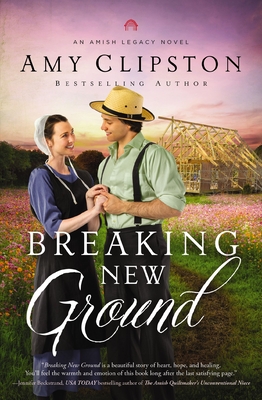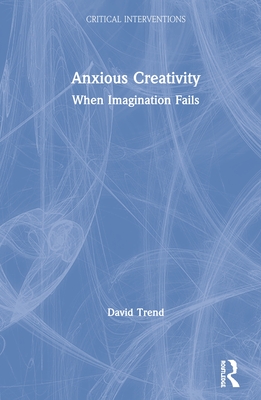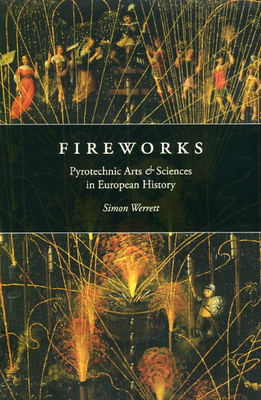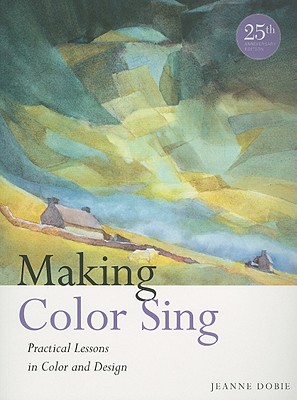Why do rap MCs present their studio recorded lyrics as “live and direct”? Why do they so insistently define abilities or actions, theirs or someone else’s, against a pre-existing signifier? This book examines the compositional practice of rap lyricists and offers compelling answers to these questions. Through a 40 year-span analysis of the music, it argues that whether through the privileging of chanted call-and-response phrases or through rhetorical strategies meant to assist in getting one’s listening audience open, the focus of the first rap MCs on community building and successful performer-audience cooperation has remained prevalent on rap records with lyrics and production techniques encouraging the listener to become physically and emotionally involved in recorded performances. Relating rap’s rhetorical strategy of posing inferences through intertextuality to early call-and-response routines and crowd-controlling techniques, this study emphasizes how the dynamic and collective elements from the stage performances and battles of the formative years of rap have remained relevant in the creative process behind this music. It contends that the customary use of identifiable references and similes by rap lyricists works as a fluid interchange designed to keep the listener involved in the performance. Like call-and-response in live performances, it involves a dynamic form of communication and places MCs in a position where they activate the shared knowledge of their audience, making sure that they “know what they mean,” thus transforming their mediated lyrics into a collective and engaging performance.
Why do rap MCs present their studio recorded lyrics as "live and direct"? Why do they so insistently define abilities or actions, theirs or someone else''s, against a pre-existing signifier? This book examines the compositional practice of rap lyricists and offers compelling answers to these questions. Through a 40 year-span analysis of the music, it argues that whether through the privileging of chanted call-and-response phrases or through rhetorical strategies meant to assist in getting one''s listening audience open, the focus of the first rap MCs on community building and successful performer-audience cooperation has remained prevalent on rap records with lyrics and production techniques encouraging the listener to become physically and emotionally involved in recorded performances. Relating rap''s rhetorical strategy of posing inferences through intertextuality to early call-and-response routines and crowd-controlling techniques, this study emphasizes how the dynamic and collective elements from the stage performances and battles of the formative years of rap have remained relevant in the creative process behind this music. It contends that the customary use of identifiable references and similes by rap lyricists works as a fluid interchange designed to keep the listener involved in the performance. Like call-and-response in live performances, it involves a dynamic form of communication and places MCs in a position where they activate the shared knowledge of their audience, making sure that they "know what they mean," thus transforming their mediated lyrics into a collective and engaging performance.
Get Collective Participation and Audience Engagement in Rap Music by at the best price and quality guranteed only at Werezi Africa largest book ecommerce store. The book was published by Springer Nature Switzerland AG and it has pages. Enjoy Shopping Best Offers & Deals on books Online from Werezi - Receive at your doorstep - Fast Delivery - Secure mode of Payment
 Jacket, Women
Jacket, Women
 Woolend Jacket
Woolend Jacket
 Western denim
Western denim
 Mini Dresss
Mini Dresss
 Jacket, Women
Jacket, Women
 Woolend Jacket
Woolend Jacket
 Western denim
Western denim
 Mini Dresss
Mini Dresss
 Jacket, Women
Jacket, Women
 Woolend Jacket
Woolend Jacket
 Western denim
Western denim
 Mini Dresss
Mini Dresss
 Jacket, Women
Jacket, Women
 Woolend Jacket
Woolend Jacket
 Western denim
Western denim
 Mini Dresss
Mini Dresss
 Jacket, Women
Jacket, Women
 Woolend Jacket
Woolend Jacket
 Western denim
Western denim
 Mini Dresss
Mini Dresss



